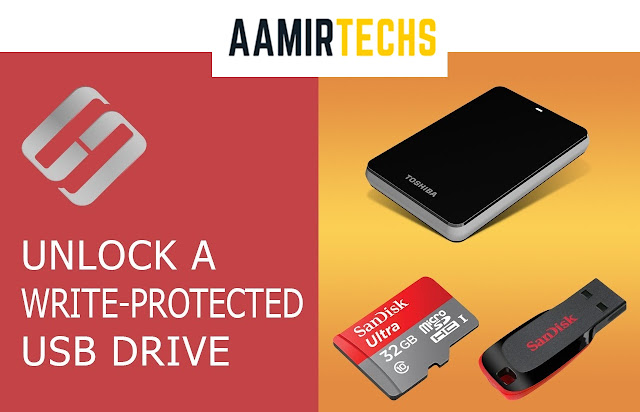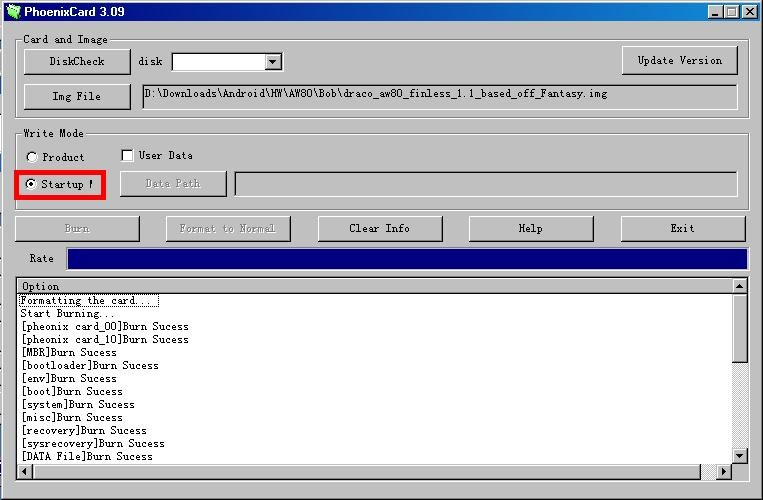
UHS stands for Ultra High Speed, and currently has two bus types (the connection between card and phone hardware), labeled I and II, which help determine the card's maximum speed. Most newer mobile devices will support three primary speed classes: Class 10, UHS-1 Class 1, and UHS-1 Class 3. When you're working with video, or bursts of photos, the faster the better. The speed class of your card determines how quickly it can write data.

Once you choose a card capacity, it's time to choose its speed. Here's a list of CNET's picks for best Android devices with an microSD card slot, and their supported storage capacity: You might be tempted to choose the largest capacity, but you'll need to check what your device supports. (This number would differ if you're using a Galaxy S7, which can shoot in RAW format, creating photos with much larger file sizes.) If you purchase a 32GB card, you could store 4,500 or more photos on it. To put this in perspective, one photo taken on a 16MP camera is about 7MB worth of data. Alternatively, SDXC cards can range from 32GB to 2TB. SDHC cards have a capacity of 2GB to 32GB. The difference between the two is the range in capacities they provide. You'll most often come across two types of microSD cards - SDHC and SDXC. When you're choosing between SDHC and SDXC, or a Class 10 and UHS-I Class 1, here are a few tips to help you make sure you're choosing the best one for your device and your needs.

There are a lot of microSD cards to choose from, but not all of them will work with your Android phone or tablet.


 0 kommentar(er)
0 kommentar(er)
